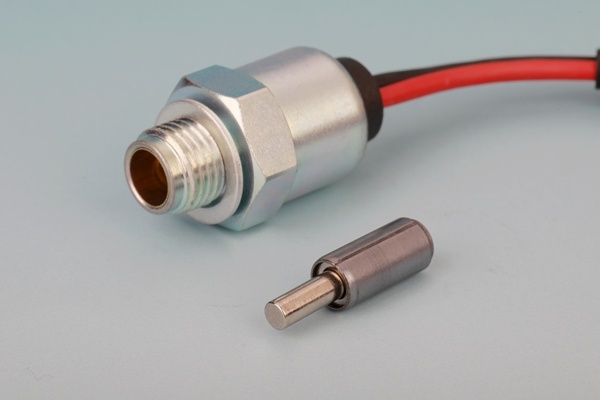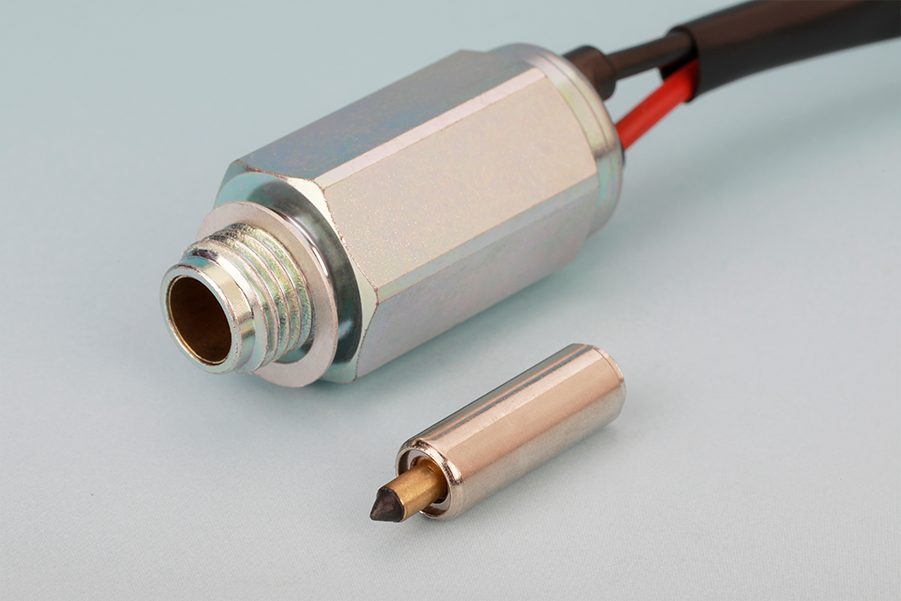Understanding the Role of TKCarburetor Solenoid in Automotive Systems
Release Time:
Apr 21,2025
The TKCarburetor Solenoid is a vital component in the automotive electronic and electrical parts category, specifically within the realm of carburetor systems. This solenoid plays a crucial role in managing the fuel-air mixture that is essential for optimal engine performance. Understanding its operation and functionality can provide valuable insights for automotive professionals aiming to enhance
The TKCarburetor Solenoid is a vital component in the automotive electronic and electrical parts category, specifically within the realm of carburetor systems. This solenoid plays a crucial role in managing the fuel-air mixture that is essential for optimal engine performance. Understanding its operation and functionality can provide valuable insights for automotive professionals aiming to enhance vehicle efficiency and responsiveness.
At its core, the TKCarburetor Solenoid is an electromechanical device that operates using an electromagnetic field. When electrical current flows through the solenoid coil, it generates a magnetic field that activates the solenoid's plunger. This action either opens or closes a valve that regulates the flow of fuel from the carburetor to the engine. The precise control of this fuel flow is essential for maintaining the correct air-fuel ratio, which directly affects engine combustion efficiency.
One of the primary advantages of utilizing a TKCarburetor Solenoid is its ability to improve throttle response. In modern vehicles, where performance demands are high, this solenoid ensures that the engine receives the correct amount of fuel when the throttle is engaged. This responsiveness not only enhances driving experience but also aids in reducing emissions, making it an essential component in meeting environmental regulations.
Maintenance of the TKCarburetor Solenoid is critical for preventing performance issues. Regular inspections should include checking for signs of wear, electrical continuity, and ensuring that the solenoid is free from debris. A malfunctioning solenoid can lead to an improper air-fuel mixture, causing engine stalling, rough idling, or increased fuel consumption. Therefore, automotive professionals should prioritize the diagnosis and servicing of this component during routine vehicle maintenance.
In terms of installation, the TKCarburetor Solenoid must be connected correctly to the vehicle's electrical system to prevent any operational issues. Understanding the specific wiring requirements and ensuring compatibility with the vehicle's carburetor system is essential for optimal performance. This ensures that the solenoid functions efficiently, allowing the engine to operate smoothly under various driving conditions.
In summary, the TKCarburetor Solenoid is a critical component in automotive carburetor systems. Its ability to control fuel flow has a significant impact on engine performance, efficiency, and emissions. By understanding its functionality, maintenance requirements, and installation practices, automotive professionals can enhance vehicle performance and ensure that their clients enjoy a smooth and responsive driving experience. Knowledge of this component is indispensable for anyone involved in automotive service and repair, making it a key area of focus for continued professional development in the industry.
At its core, the TKCarburetor Solenoid is an electromechanical device that operates using an electromagnetic field. When electrical current flows through the solenoid coil, it generates a magnetic field that activates the solenoid's plunger. This action either opens or closes a valve that regulates the flow of fuel from the carburetor to the engine. The precise control of this fuel flow is essential for maintaining the correct air-fuel ratio, which directly affects engine combustion efficiency.
One of the primary advantages of utilizing a TKCarburetor Solenoid is its ability to improve throttle response. In modern vehicles, where performance demands are high, this solenoid ensures that the engine receives the correct amount of fuel when the throttle is engaged. This responsiveness not only enhances driving experience but also aids in reducing emissions, making it an essential component in meeting environmental regulations.
Maintenance of the TKCarburetor Solenoid is critical for preventing performance issues. Regular inspections should include checking for signs of wear, electrical continuity, and ensuring that the solenoid is free from debris. A malfunctioning solenoid can lead to an improper air-fuel mixture, causing engine stalling, rough idling, or increased fuel consumption. Therefore, automotive professionals should prioritize the diagnosis and servicing of this component during routine vehicle maintenance.
In terms of installation, the TKCarburetor Solenoid must be connected correctly to the vehicle's electrical system to prevent any operational issues. Understanding the specific wiring requirements and ensuring compatibility with the vehicle's carburetor system is essential for optimal performance. This ensures that the solenoid functions efficiently, allowing the engine to operate smoothly under various driving conditions.
In summary, the TKCarburetor Solenoid is a critical component in automotive carburetor systems. Its ability to control fuel flow has a significant impact on engine performance, efficiency, and emissions. By understanding its functionality, maintenance requirements, and installation practices, automotive professionals can enhance vehicle performance and ensure that their clients enjoy a smooth and responsive driving experience. Knowledge of this component is indispensable for anyone involved in automotive service and repair, making it a key area of focus for continued professional development in the industry.
Related content




